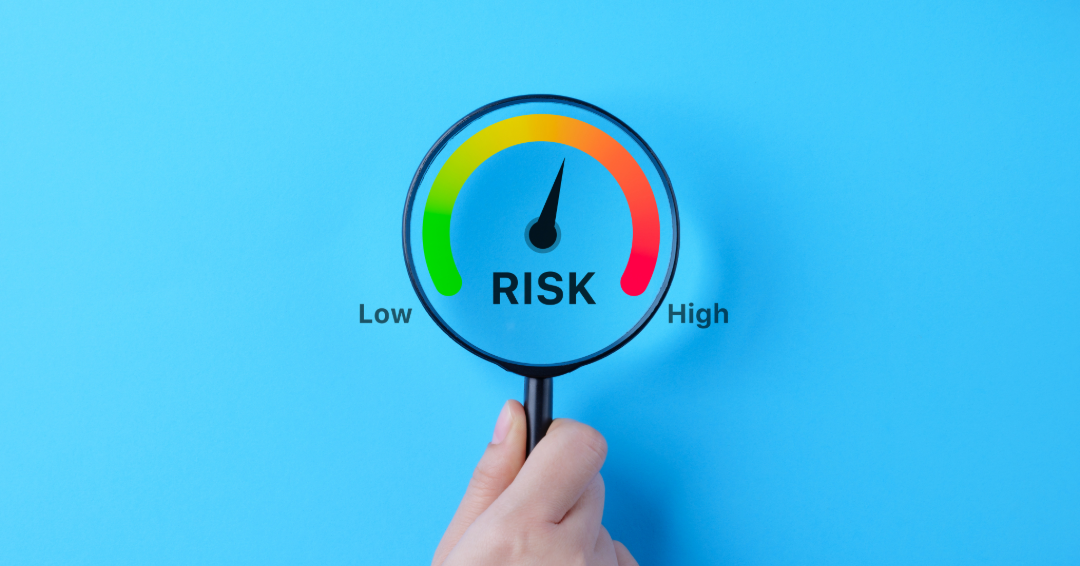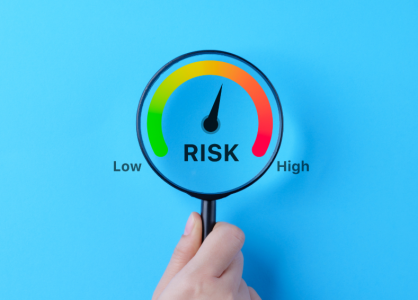In today’s complex business environment, effective corporate governance is essential for identifying and mitigating risks that can threaten an organization’s success. By integrating robust risk management practices into governance frameworks, companies can safeguard their financial stability, operational efficiency, and reputation.
Common Governance-Related Risks
Organizations face various risks that can be categorized as follows:
- Financial Risks: These include market fluctuations, credit risks, and liquidity challenges that can impact an organization’s financial health.
- Operational Risks: Arising from internal processes, system failures, or external events, these risks can disrupt daily operations and affect service delivery.
- Reputational Risks: Negative public perception due to ethical breaches, poor customer service, or regulatory non-compliance can damage a company’s brand and stakeholder trust.
Identifying and Mitigating Risks Through Governance Tools
To effectively manage these risks, businesses can implement the following governance strategies:
- Enterprise Risk Management (ERM): Integrating ERM into corporate governance allows organizations to proactively identify potential risks and develop strategies to mitigate them. This holistic approach ensures that risk management aligns with the company’s objectives and decision-making processes.
charlesfs.com - Governance, Risk, and Compliance (GRC) Frameworks: Adopting a GRC framework provides a structured approach to align IT with business goals while managing risks and meeting industry and government regulations. This integration enhances decision-making and ensures compliance across the organization.
aws.amazon.com - Board Oversight: Active involvement of the board of directors in risk oversight ensures that senior executives prioritize risk management and integrate it into strategic planning. Directors should verify that risk management policies are consistent with the company’s strategy and functioning as intended.
corpgov.law.harvard.edu
The Rise of Risk Assessment Automation and AI-Powered Analytics
Advancements in technology have introduced automation and artificial intelligence (AI) into risk management:
- Automated Risk Assessment: AI technologies can quickly detect, analyze, and respond to threats by processing vast amounts of data. Tools like user and event behavior analytics (UEBA) utilize AI to identify anomalies that may indicate potential risks, thereby reducing false positives and enhancing efficiency.
isaca.org - AI-Powered Risk Management: AI can automate the identification and categorization of risks by analyzing extensive datasets from various sources, including financial records and operational data. This capability allows for real-time monitoring and predictive analytics, enabling organizations to respond proactively to emerging threats.
diligent.com
MPG’s Role in Supporting Risk Management and Proactive Oversight
MPG offers comprehensive solutions to assist businesses in strengthening their governance and risk management practices. By providing tools that facilitate the integration of ERM and GRC frameworks, MPG enables organizations to proactively identify, assess, and mitigate risks. Additionally, MPG’s platforms support the adoption of AI-powered analytics, enhancing the efficiency and effectiveness of risk assessments and oversight activities.
In conclusion, integrating risk management into corporate governance is vital for safeguarding businesses against financial, operational, and reputational threats. By leveraging governance tools and embracing technological advancements like AI, organizations can enhance their risk mitigation strategies and ensure long-term success.

